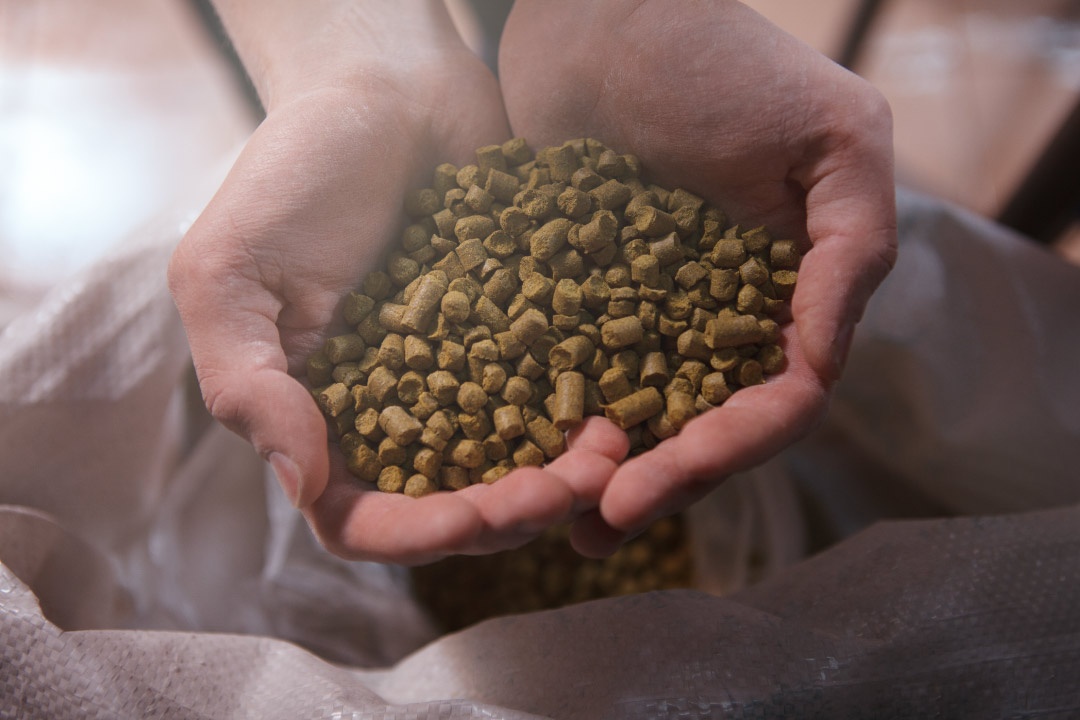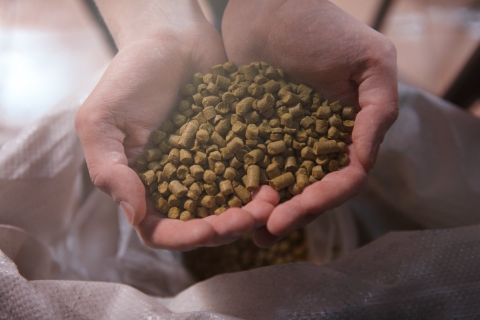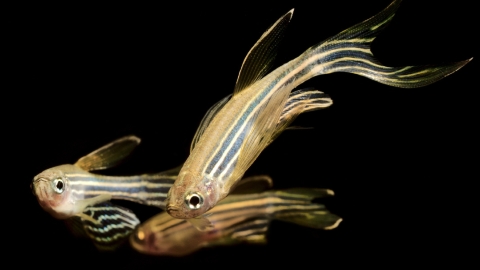
Protein hydrolysates derived from animal by-products and insect larvae are emerging as promising nutritional and functional ingredients for sustainable aquaculture feeds.
A recent study led by researchers from the Interdisciplinary Centre of Marine and Environmental Research (CIIMAR, University of Porto), in collaboration with the Universidade Católica Portuguesa and the ETSA Group, analysed five experimental protein hydrolysates—sourced from shark, fish, swine, and black soldier fly larvae—against a commercial benchmark, CPSP90, a soluble fish protein concentrate widely used in aquafeeds.
The hydrolysates were produced in Portugal by ETSA-SGPS, S.A., using category 3 animal by-products in compliance with EU regulations. Enzymatic and pressure-based hydrolysis methods enabled the efficient conversion of low-value raw materials into high-performance feed ingredients.
All tested hydrolysates exhibited high crude protein levels, ranging from 55.1% to 89.5% on a dry matter basis. Notably, the SHARK hydrolysate showed the highest protein content, while the INSECT hydrolysate stood out for its superior solubility and antioxidant capacity.
The study revealed significant differences in composition and bioactivity, depending on the raw material and processing technique. For example, SHARK and SWINE hydrolysates were particularly rich in collagenic amino acids such as glycine and hydroxyproline, while FISH and CPSP90 contained higher levels of essential amino acids, including lysine and methionine.
The INSECT hydrolysate, produced from defatted black soldier fly larvae, demonstrated the highest solubility across all tested pH levels (pH 3, 5, and 7), outperforming CPSP90. Its strong bioactivity is attributed to a favourable peptide profile and the presence of aromatic amino acids and phenolic compounds.
In microbial growth assays, INSECT and SWINE hydrolysates showed mild antibacterial effects against aquaculture-relevant pathogens such as Aeromonas salmonicida and Vibrio parahaemolyticus, suggesting potential for use in disease mitigation. In contrast, SHARK and FISH hydrolysates promoted the growth of some opportunistic bacteria, indicating possible applications as nitrogen sources in microbial culture media.
“These findings reinforce the potential of locally produced hydrolysates to not only match but in some cases surpass the functional benefits of established ingredients like CPSP90,” the researchers stated. “They offer a viable solution for improving feed quality while advancing circular bioeconomy goals.”
The study aligns with broader efforts in the aquaculture industry to reduce waste, enhance resource efficiency, and integrate alternative protein sources with functional benefits into feed strategies.
Reference:
Monteiro, M., Rodrigues-dos-Santos, L., Filipa-Silva, A., Marques, D.A., Pintado, M., Almeida, A., & Valente, L.M.P. (2025). Circular Animal Protein Hydrolysates: A Comparative Approach of Functional Properties. Antioxidants, 14(7), 782. https://doi.org/10.3390/antiox14070782



